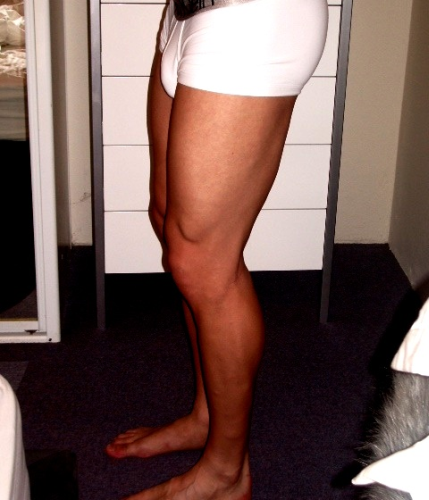The squat, known as the granddaddy of all bodybuilding exercises, simultaneously works more major muscles than any other resistance-training movement. The quadriceps (quads), hamstrings and gluteus maximus (glutes) are specifically targeted, while the hip and torso muscles are incorporated for stabilization and to assist the primary muscles. You can see why many experts in weight training consider the squat to be a whole-body exercise, even though you utilize it as a lower-body move.
Stabilizer muscles are smaller—and often less visible—muscles called upon during free-weight exercises to provide support and prevent unwanted movement. To perform the squat safely and effectively, the abdominal muscles (including the rectus abdominis, external and internal obliques and the transverse abdominis) and spinal erectors of the lower back contract isometrically to hold the torso in place as movement occurs at the hips and knees. Likewise, the hip muscles contract to hold the hip girdle stationary, allowing only the desired movement (hip flexion and extension).
The squat range of motion (ROM) about the knee and hip joints is relatively large. Increased ROM translates into greater muscle activation and ultimately into superior muscle development. In particular, the wide ROM at the hip is what notably differentiates the squat from the leg press.
LEG PRESS BENEFITS
Leg press apparatus provides proper positioning and safety.
Maximal weight can be used to overload the target muscle group (quads).
Minimal stabilizer and assistant muscle involvement increases emphasis on the quads.
Limited involvement of glutes and hamstrings leads to concentrated quad development.
Foot plate allows you to shift the emphasis on the leg muscles by changing foot position.
SQUAT BENEFITS
Greater hip range of motion (ROM) enhances hamstring and glute development.
Increased stabilizer and assistant muscle involvement improves overall strength and mass.
Hip adductor (inner thigh) involvement contributes to overall leg size.
No specialized equipment or apparatus required.
More bang for the buck: You target several leg and torso muscles with one exercise.


